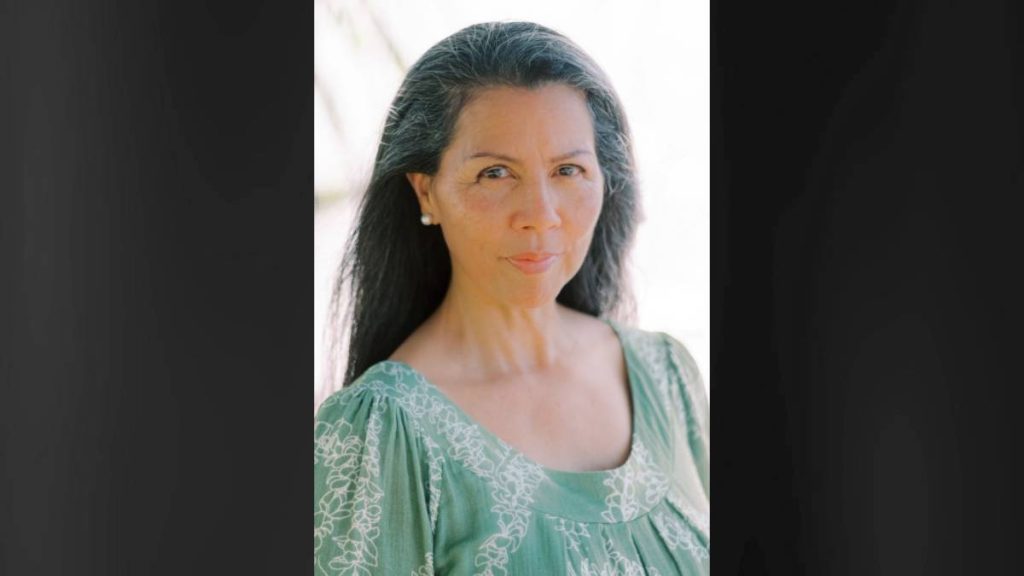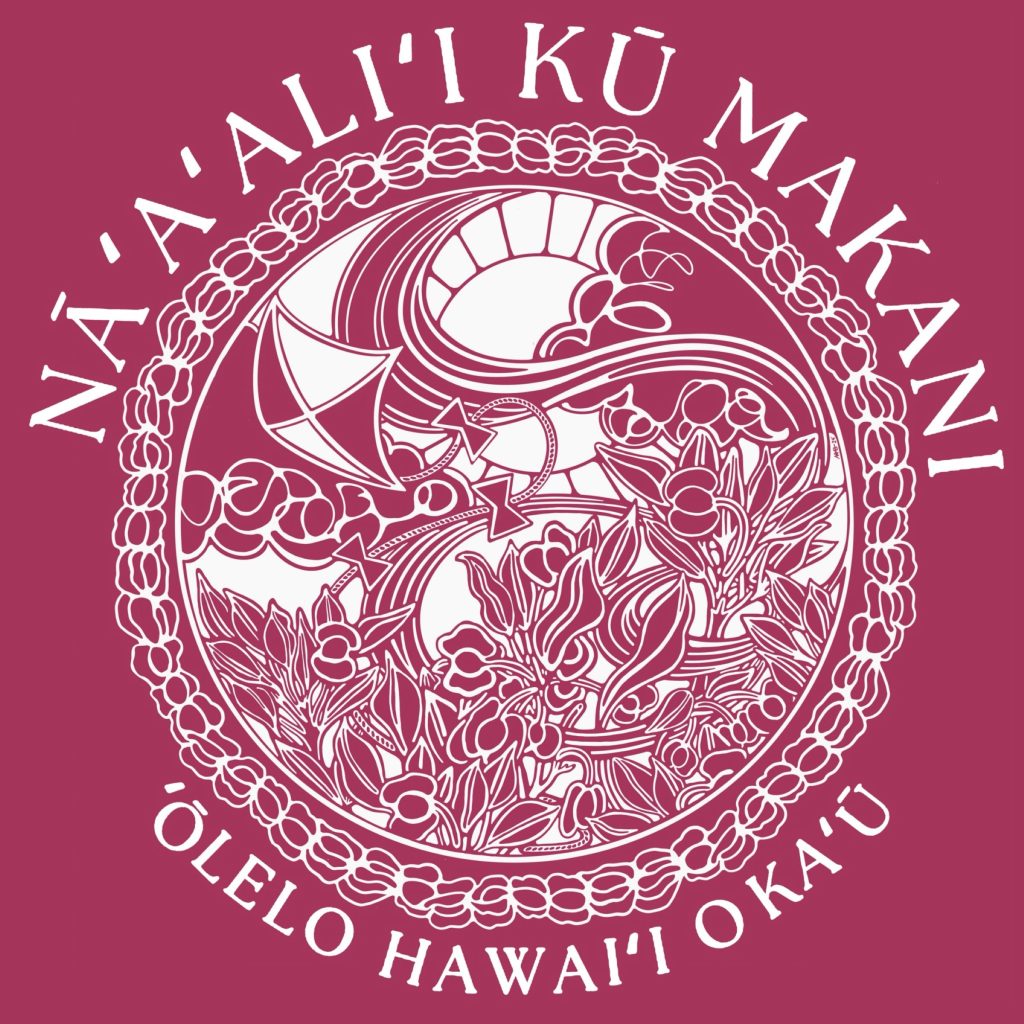Community invited to learn more about first Hawaiian immersion school in Kaʻū
Humans seem to have first arrived in Hawaiʻi sometime about 400 AD. Some sources put the date a couple of hundred years earlier, others claim it happened a few hundred years later.
Something they all tend to agree on, however, is the site of one of the earliest settlements those Polynesians staked in the islands and the place thought to be where Hawaiʻi’s first inhabitants landed after their long voyages across the vast Pacific Ocean.

It’s at South Point in Kaʻū on the Big Island. The Puʻu Aliʻi, or Hill of Chiefs, sand dune is home to one of the oldest known ancient Hawaiian villages and appears to have been settled continuously for more than 1,000 years.
It could even be the birthplace of the Hawaiian story — the culture, the history, the values and of course the language.
An effort is now underway in Kaʻū to provide keiki of the rural district with an opportunity to receive an educational experience not only grounded in that rich Hawaiian history, but also based in the same place and near the same ʻāina where Hawaiian language likely was created.
Ke Kula Nā ʻAʻaliʻi Kū Makani o Kaʻū will be the first Hawaiian immersion school in the Big Island’s largest and southernmost district.
Community members and especially parents interested in learning more about the school and supporting it are encouraged to attend a community meeting planned for 3 to 5 p.m. Saturday at the school’s location in the former Shirakawa Hotel, located at 95-6039 Māmalahoa Highway in Waiʻōhinu.
Those who attend will be able to see the school’s recently secured classroom space, which was previously the Waiʻōhinu Hula Studio and surrounding grounds, as well as discuss their plans and the future with leadership while meeting other parents and keiki interested in the project.
Raylene Moses, one of the school’s leaders, said the meeting is the first gathering at the new site. School leadership wants to use the time to introduce the location and the school’s purpose, mission and vision to the community.
Leadership also hopes to to collect additional information from those who attend about how a Hawaiian immersion school could best serve them and what they want to see be a part of the school. The leadership also wants to build support.
“We believe all members of our community can support and contribute to the development of a Hawaiian immersion program in Kaʻū,” Moses said.
She said the support can come from people who want to be kumu or who ʻōlelo Hawaiʻi and can develop curriculum. Support also can come from kūpuna who have moʻolelo to share or someone who knows how to build, enjoys working in the māla, can cook, drive a bus or build a website.

Based on a Hawaiian proverb, No. 1226 from “ʻŌlelo Noʻeau,” that says “I lele no ka lupe i ke pola,” which in English means “It is the tail that makes the kite fly,” the school’s mission is to provide keiki with a path for academic success and personal growth through Hawaiian immersion education.
“They will develop an aloha for their community, their ʻāina, and grow into contributing citizens within their community, having a desire to perpetuate the knowledge, exposure and experience they receive at [Ke Kula Nā ʻAʻaliʻi Kū Makani],” says a mission statement on the ʻO Kaʻū Kākou website.
Kaʻū nonprofit ʻO Kaʻū Kākou is one of several of the new school’s supporters.
Ke Kula Nā ʻAʻaliʻi Kū Makani’s focus will be an immersive Hawaiian language and cultural program, which Moses said was selected after hearing and learning about other charter schools, some of which have been helping her and her team explore their programs, and because the foundation of many other immersion schools is Hawaiian culture.
The language and cultural focus was also identified by community members as a learning priority.
“We want it to be a full immersion classroom, with ʻōlelo Hawaiʻi being the only language spoken in the classroom and with haumāna and the priority language around campus,” Moses said. “It has been well established that immersion schools are the primary way to ensure the Hawaiian language will live on, and we have kuleana to that. I need to improve and learn ʻōlelo Hawaiʻi myself, and I am committed to doing that!”
The school will start with an early learning preschool program for families of Kaʻū guided by the ʻAha Punana Leo model. She and the school’s leadership are using that Hawaiian immersion preschool program’s experiences to guide how how they can start and then grow Ke Kula Nā ʻAʻaliʻi Kū Makani.
The early childhood education aspect also aligns with Hawaiʻi Lt. Gov. Syliva Luke’s initiative to expand early learning opportunities throughout the islands.
Moses said they hope to be able to add grades each year once the school’s doors open so keiki can continue their education in the Hawaiian language.
“Kaʻū is such a special place and has such rich and vibrant cultural history and so many sacred and important cultural sites, we want to make sure that our moʻolelo (history) and practices are shared and passed down to the next generation, and it is through our school that we will be able to do this,” she said.
While there have been amazing strides made with revitalizing the Hawaiian language, it remains an endangered tongue. That’s more reason why every community in Hawaiʻi should have a Hawaiian language education option, Moses said.
“I think there has always been a desire to have a Hawaiian language program in Kaʻū,” Moses said, adding families who want to have their keiki attend one now must travel an hour to Hilo or Kona to find a school, making it not just inconvenient but inaccessible for most.
Moses and her team are still in the exploration and engagement phase, with no specific timeline in place, and continue to look for community members to share their knowledge. They also still need additional funding to host more family and community events, build curriculum and hire teachers, among other necessities.
The project is being “funded” by volunteer time and aloha.
Many community members and partners have stepped up in support of the new school, along with other Kaʻū nonprofits including ʻIewe Hānau O Ka ʻĀina, and the Stice ʻOhana Foundation.
Moses said Kaʻū is special and assured the community that she and her team — which includes Nohea Kaʻawa and Berkley Yoshida — are working everyday to continue moving the school forward. She asked everyone who can to contribute to the project.
“Our keiki and their ʻohana are special, our place is special,” Moses said. “Every keiki deserves the opportunity of an Hawaiian immersion education. If this type of education was provided to me when I was growing up, I would be a force standing shoulder-to-shoulder with na alakaʻi who sacrificed much to ensure the language lives on.”
For more information about the new school and its leaders, vision and goals or to donate, click here.
Sponsored Content
Comments
















